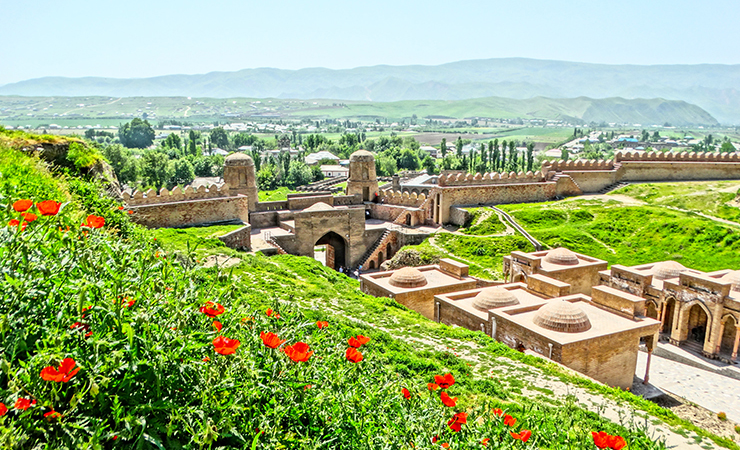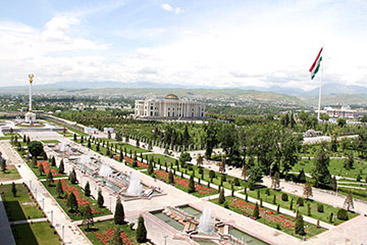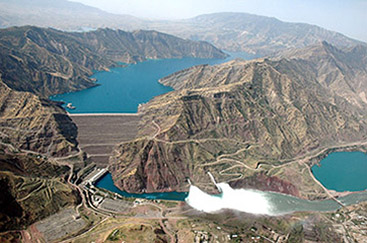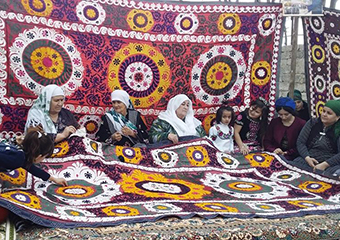
Republic of Tajikistan:
|
 |
 |
 |
Shinagawa City is home to 16 embassies and consulates, and we are introducing them one by one in this series. In this issue, we present the Republic of Tajikistan, whose culture began developing before the birth of Christ. Tajikistan is a nature-rich country, and has been a trading hub on the Silk Road connecting the East and West. We asked His Excellency Mr. Mirzosharif Jalolov of the Embassy of the Republic of Tajikistan in Japan about his country’s wonderful culture.
Info and photos provided by: Embassy of Tajikistan in Japan
Reference: Ministry of Foreign Affairs of Japan website
Inquiries: International Affairs, Community Promotion Section Tel: 03-5742-6691, Fax: 03-5742-6878
What Type of Place Is Tajikistan? I just took over as ambassador here last November, but my first visit to Japan was in 2001. I acquired my Japanese-language skills while working as a trainee for 1 year. From 2002 I studied at the University of Tsukuba for 2 years as a scholar at the Japan International Cooperation Agency (JICA). |
Once Home to a City That Prospered Thanks to the Silk Road, Now a Country of Great Hospitality Mountains have long been part of daily life for people in Tajikistan, and they are conscious of the potential danger of encountering wildlife at night, so there is a custom in which even strangers are invited inside one’s home for a stay. In addition, Tajik people love warm hospitality, and keep the best cuisine and sweets for visitors without eating them themselves. |
| Let’s Learn Some Basic Facts about Tajikistan! |
Country: Republic of Tajikistan
Capital: Dushanbe
Population: 8.9 million (figure from the United Nations Population Fund, 2017)
Languages: Tajik (official language), Russian
Area of land: 143,100 km2 (about 40 percent the land area of Japan) (figure from the Interstate Statistical Committee of the Commonwealth of Independent States)
Currency: Somoni
| Let’s Learn More about Tajikistan! |
Tourism
Surrounded by China in the east, Kyrgyzstan in the north, Uzbekistan in the west and Afghanistan in the south, Tajikistan is very much at the heart of Central Asia. The country is mostly covered by mountains that rise as high as 3,000m on average. Visitors can enjoy the stunning scenery of a mountain landscape, including the world-famous Pamir Plateau. There are also spots where you can feel the local history that reaches back before the birth of Christ, along with the country’s modern museums, which are full of amazing things.
 |
The capital: Dushanbe
|
 |
 |
 |
Garam Chashma |
Hisor |
Pamir Plateau Also known as the “Roof of the World,” this mountain range is a remote place whose peaks average 5,000 m in elevation. The highway running over the range allows you to get a close look at amazing natural views. |
Traditional Tajik Culture
Tajikistan has long been the meeting point of various cultures, both geographically and historically. Over the course of thousands of years, these cultures matured with many facets and an attractive, bright charm under the influences of different religions and countries, such as Persia, China and Russia.
 |
 |
Suzani |
Music |
 Copyright © 2017 Shinagawa City. All rights reserved. |


